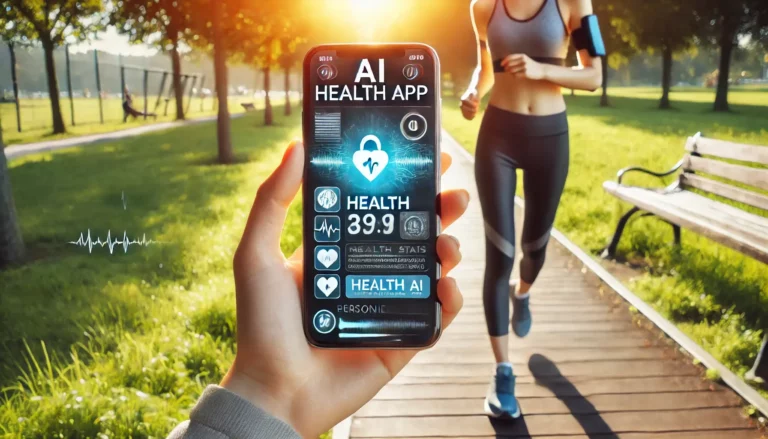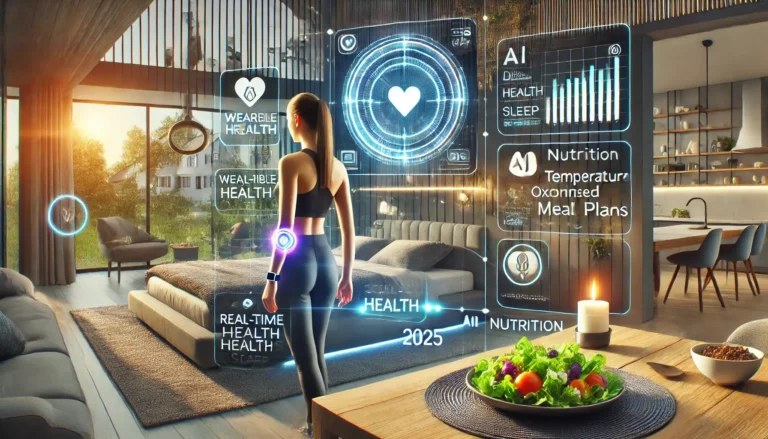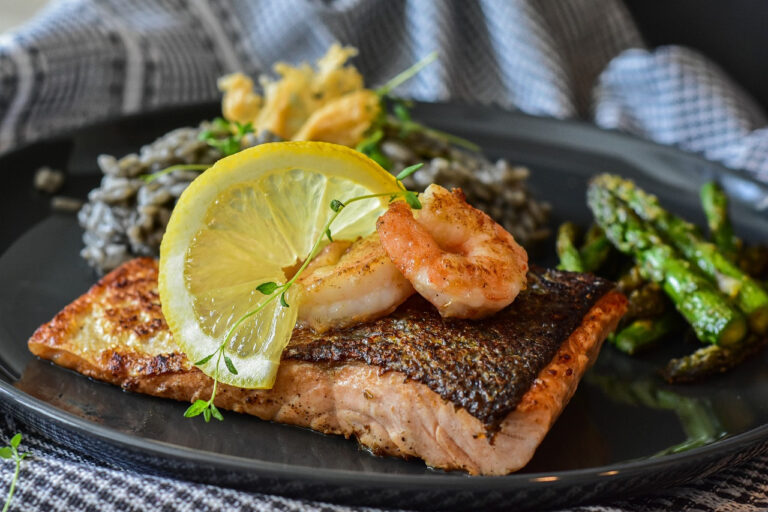Health Trends
2025.03.22
AI Health Apps Effectiveness: Are These Digital Tools Truly Improving Wellness? In today's fast-paced digital world, the effectiveness of AI health apps is becoming a...
Health Trends
2025.03.16
How Health Trends in 2025 Will Change Your Daily Life Forget everything you knew about health and wellness—2025 is bringing a whole new era of...
Health Trends
2025.01.24
Healing Your Body and Mind: Wellness Travel in Japan with Hot Springs and Health Checkups In today’s fast-paced world, finding time to care for your...
Health Trends
2025.01.16
Kate Middleton Oats: A Healthy Morning Secret Kate Middleton's (43) daily habit of eating oats has become a hot topic. Since reaching cancer remission and...
Health Trends
2025.01.15
For cancer survivors, maintaining a healthy diet after treatment is just as important as the treatment itself. A well-balanced cancer diet can significantly improve well-being...
Health Trends
2025.01.14
Morning Routine: Boost Your Productivity and Start Your Day Right The way you start your morning sets the tone for the rest of your day....
Health Trends
2025.01.14
Evening Routine: The Perfect Way to End Your Day The last few hours of your day are more than just a time to unwind. An...
Fitness & Exercise
2025.01.10
Seasonal Wellness Routine: Winter Health Tips for a Fresh Start to the New Year Winter is here, and with it comes a host of challenges...
Health Trends
2025.01.09
Discover the Mediterranean Diet Benefits for a Healthier Life The Mediterranean diet benefits go beyond weight loss—it’s a proven way to boost your health and...









